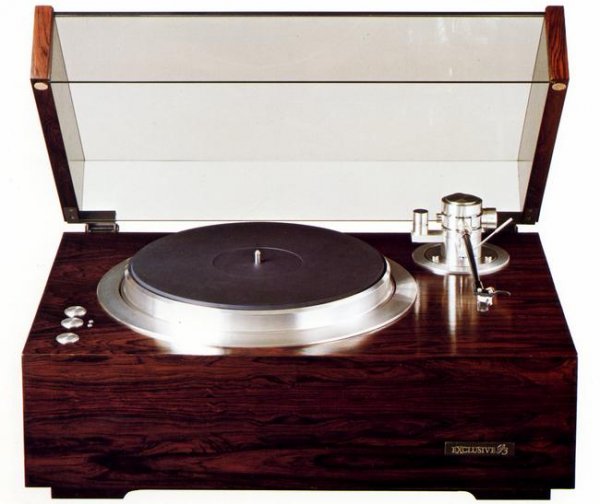Hi
There is discussion going on another thread about how good the Linn Sondek LP 12 was. It is a somewhat OT discussion since the thread in question is about the Vetere trend-setting arm (The trend it set? That tonearms will now cost upward of $20,000 routinely) There was also a mention of the Pink Triangle Turntable.
This reminded me of this forgotten thread . The Sondek was a decent table but now I can see it wasn't superior to the Japanese Turntables of the same era. Listening to a SP-10 MKII, I know now that a Linn Sondek LP-12 is not superior to a Technics SP-10 MKII, or a Nakamichi TT-1000 or the era plethora of competitive great designs from Sony, Kenwood, Sansui, Micro Seiki . No Way, no How. Not even close. There I said it. Our belovd LP-12 was already surpassed by the Japanese TT s of the late 70's by several miles.
An SP-10 MK II remains as good as any TT out there and in the right plinth, a superior one fully competitive with the greatest TTs around and for a fraction of their prices. The Linn Sondek is not in that league ... To this day I regret geting a Pink Triangle over a Kenwood L-07.. I didn't even carre to audition the Kenwood .. Just went with the prejudicial assumption that it couldn't compare to the audiophile-approved Pink Triangle
You say it all - in the right plinth. The problem of most turntables was the plinth. I had a SP10 mk2 and IMHO it sounded poor in the standard plinth compared to the Linn. At same time I got a Thorens TD124 and had a great faith in it for the ET2. The plinth was just a rigid wood frame, nothing special. I swapped the ET2 between it and the Linn - although it seemed to be technical nonsense, it sounded much better in the Linn Sondek. People at Linn and many others understood the function of the turntable plinth and its contribution to the sound of the whole system. I sold the TD124 to a good friend, who built a state of the art plinth for it according the advice of an expert who wrote a book about the TD124 - sorry I do not remember his name - and has now an excellent sounding turntable.
AFAIR the first person to properly spot the weaknesses of the SP10 very much praised obsidian base was Peter Aczel in the 'The Audio Critic'. Mitch Cotter build a suspended turntable around the SP10 motor, but discarded the its top plate. Currently people have identified the critical aspects related to feedback and draining energy from the motor to the plinth, and we have great turntables built around the SP10.
We should not re-write history flow just because many years later we have such excellent turntables built around the SP10 or other vintage turntables, such as the old Garrards, Thorens or Lenco's using modern plinths usually costing much more than the motors and platters. In their time in standard form they had limitations, and other people were developing turntables that could overcome them.


